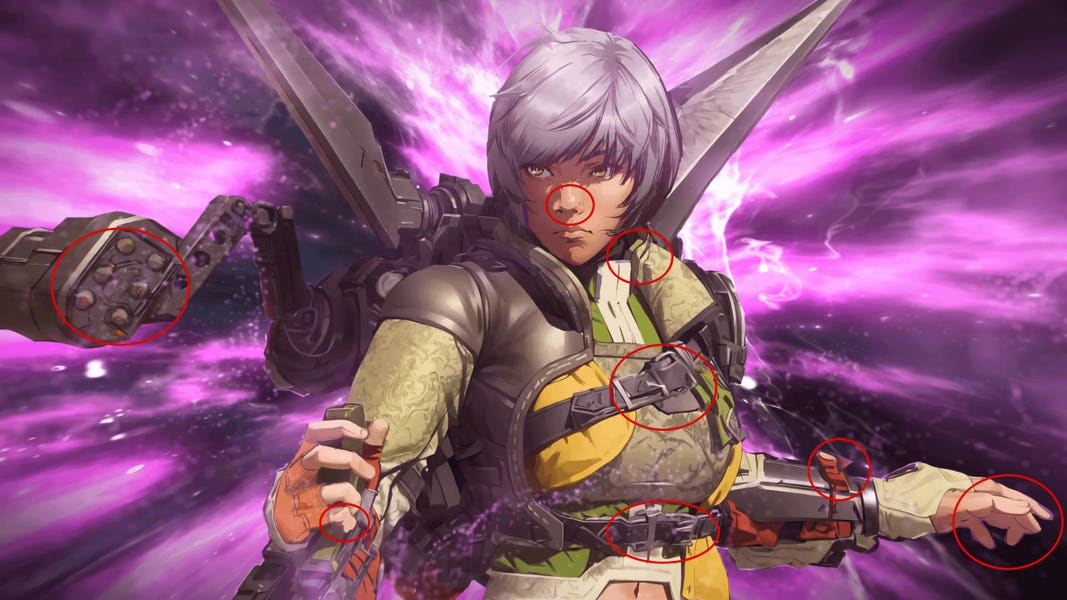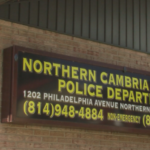Artificial art is gaining popularity across different media platforms, sparking discussions within the realms of Respawn’s Apex Legends and Magic: The Gathering by Wizards of the Coast.
There is ongoing scrutiny regarding the potential use of AI-generated artwork or AI-assisted techniques by both entities. Wizards of the Coast, in particular, has been at the center of attention, adamantly asserting their reliance on human artists while dismissing accusations of AI involvement as mere misunderstandings.
Despite their claims, astute observers have detected indications of AI influence in the artwork, casting doubt on the veracity of Wizards of the Coast’s statements. This has prompted speculation that the artwork may have undergone a combined process involving AI-generated components and manual adjustments, blurring the distinction between technological and human contributions.
The situation escalated when renowned artist Dave Rapoza publicly announced his decision to cut ties with Wizards of the Coast, citing reservations about the use of AI in the creative process. The company’s subsequent pledge to abstain from employing AI conceptual tools in finalizing Magic projects added fuel to the ongoing debate surrounding the integration of AI in artistic creation.
In the midst of the controversy, fans have identified potential instances of AI-generated images in the companies’ promotional materials, indicating a nuanced interplay between AI-generated foundations and human interventions. However, Rapoza’s disassociation has underscored the compromised integrity of the artwork, emphasizing the significance of craftsmanship in visually captivating card designs within the community.
Meanwhile, the controversy surrounding Apex Legends presents a more straightforward narrative, with fans noticing traces of AI artistry in the game’s promotional content. Although the original video underwent AI filtering for stylistic enhancements, remnants of AI-generated elements remained evident, drawing criticism from the fan base.
These incidents prompt reflections on the marketing strategies employed by these companies, hinting at a potential contrast between AI-driven modifications by marketing teams and the conventional artistic pursuits of graphic departments. The lack of formal apologies or clarifications from the companies further stokes speculation regarding their position on the matter.
The prevailing notion implies that as long as the produced artwork meets a certain standard of acceptability, addressing the preferences of the majority of viewers, concerns raised by a minority regarding specific details may be disregarded in favor of efficiency and cost-effectiveness. This trend mirrors a broader industry shift towards the widespread adoption of AI-generated art across diverse sectors.
While AI technology assumes an increasingly significant role in art production, the departure of talented artists like Dave Rapoza in pursuit of transient advertising ventures highlights the delicate equilibrium between embracing technological progress and upholding the artistic integrity of creative pursuits. The unfolding developments will illuminate the companies’ responses and the credibility of their artistic assertions amidst escalating scrutiny.






